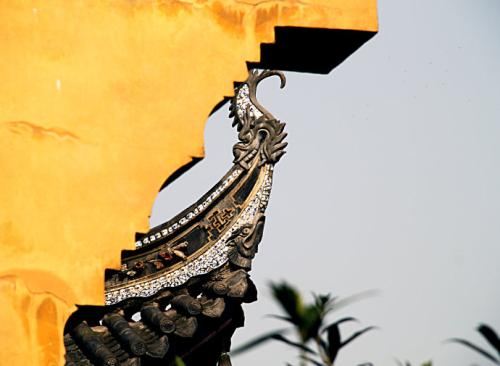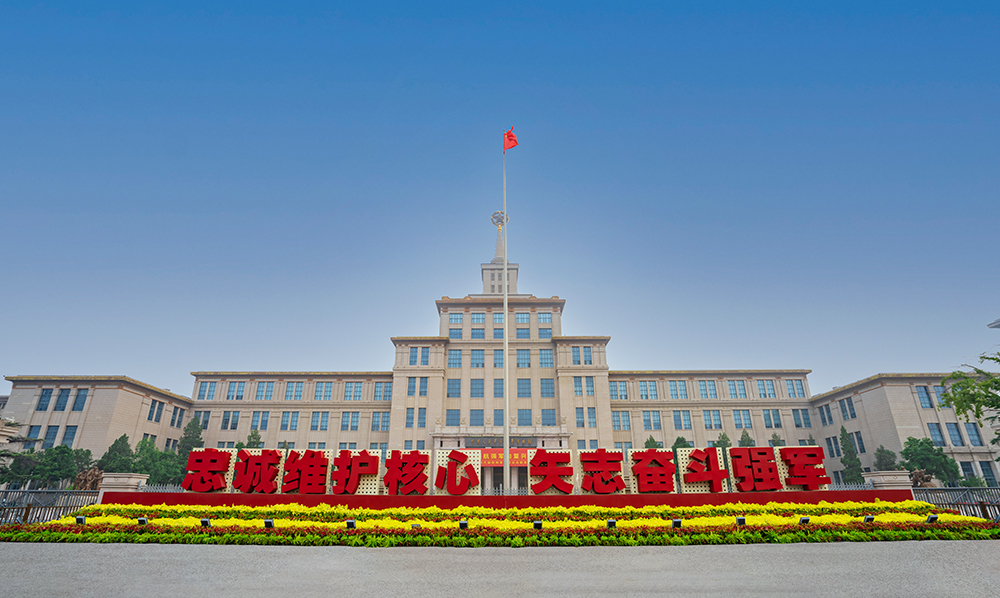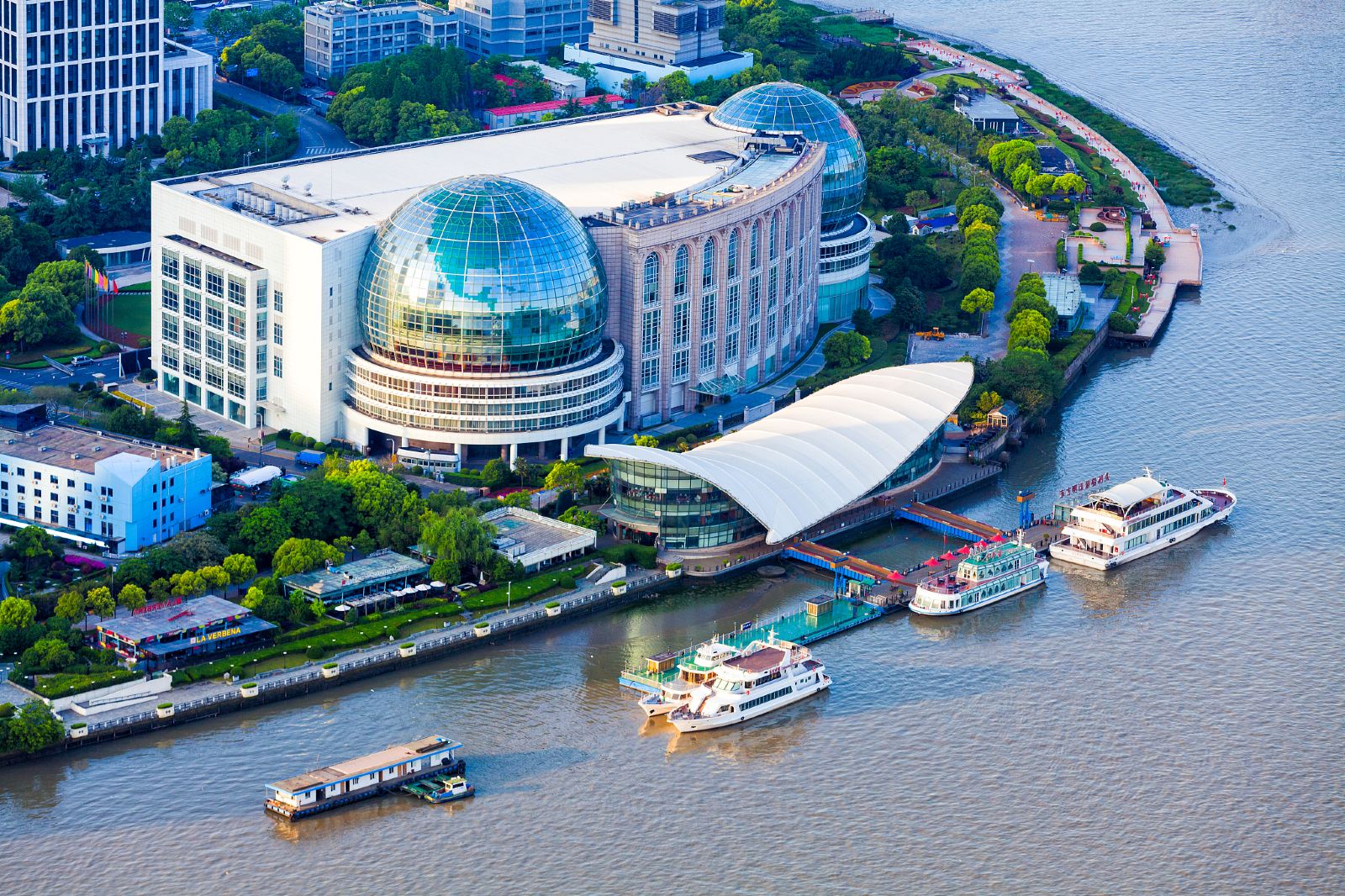Shanghai Yuyuan Garden
- Province/Area:ShangHai
- Address:No.168, Fuyou Road, Huangpu District, Shanghai, China
- Distance from the city center:1.8km
- Open time(Beijing time)09:00-16:30 open¨×16:00 last admission¨Ø
- Ticket price: 30 CNY
- Tel:86-021-63260830
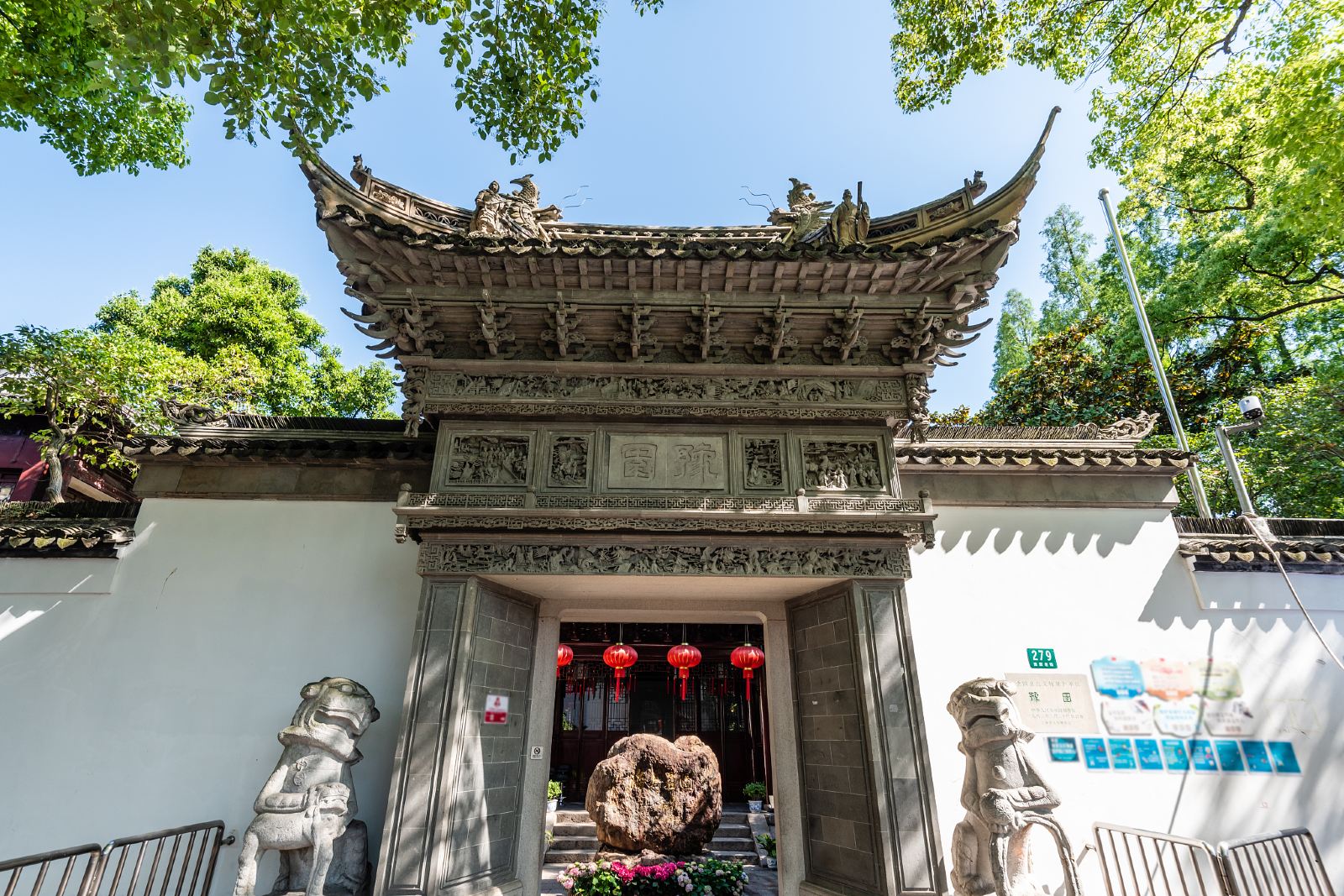
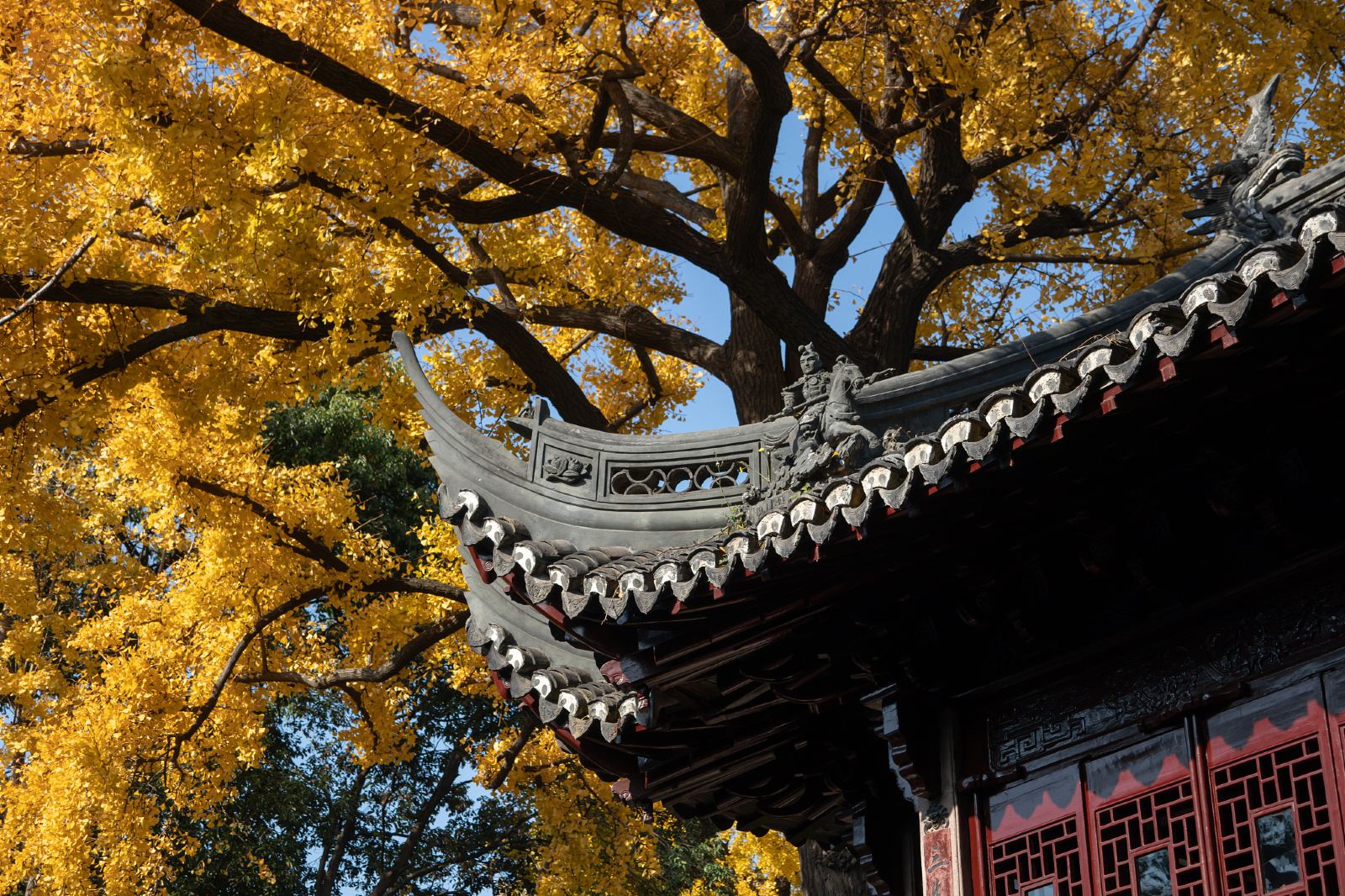
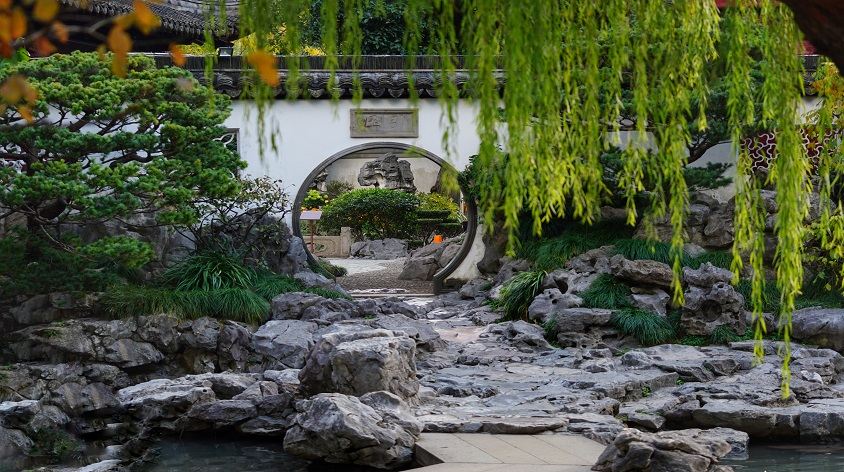
Shanghai Yuyuan Garden is located in the northeast of the Shanghai Yuyuan Tourist Commercial Area, adjacent to Shanghai City God Temple and Shanghai Yuyuan Tourist Shopping Mall. It is a well-known classical Jiangnan garden and a famous scenic spot at home and abroad.In 1982, it was approved by the State Council as a “National Key Cultural Relics Protection Unit”.
Yuyuan Garden was built during the reigns of the Jiajing and Wanli emperors of the Ming Dynasty, more than 450 years ago.The owner of the garden, Pan Yunduan, was the former governor of Sichuan.In order to let his father enjoy his twilight years, Pan Yunduan started building a garden on the family’s vegetable field in the year 1559. He gathered stones to make a pond, built a pavilion and planted bamboo.After more than 20 years of hard work, he built the Yu Garden.
The Chinese character for “peace” (yu) also means “at ease” and “content”. The name “Yuyuan” therefore also has the meaning ofthe meaning of “reassuring the elderly”.When Yu Garden was first built, it covered an area of more than 70 acres. It was carefully designed by Zhang Nanyang, a famous garden designer from the Ming Dynasty, who also personally participated in the construction. The entire garden is magnificent in scale and beautiful in scenery.
The current Yuyuan covers an area of 2 hectares, with its staggered pavilions, towering rocks, and lush trees. It is known for its tranquility and beauty, and its exquisite craftsmanship. It has the characteristic of being small in scale but grand in appearance, and reflects the artistic style of Jiangnan garden architecture from the Ming and Qing dynasties.
Yuyuan Garden still preserves historical sites such as the Caizhilou, the birthplace of “Shanghai School painting and calligraphy,” and the Dianchuntang, where the Shanghai Dagger Society headquarters was located during the uprising.and other historical sites.Over the ages, people have praised the Yu Garden as “the most beautiful in the southeast” and “the crown of famous gardens in the southeast.”
Many domestic and foreign dignitaries and celebrities have visited the Yu Garden, making it a rare cultural card for Shanghai.
2. Full-time undergraduate students and below (excluding adult education and graduate students) must present their student ID and ID card., half price
Related posts

